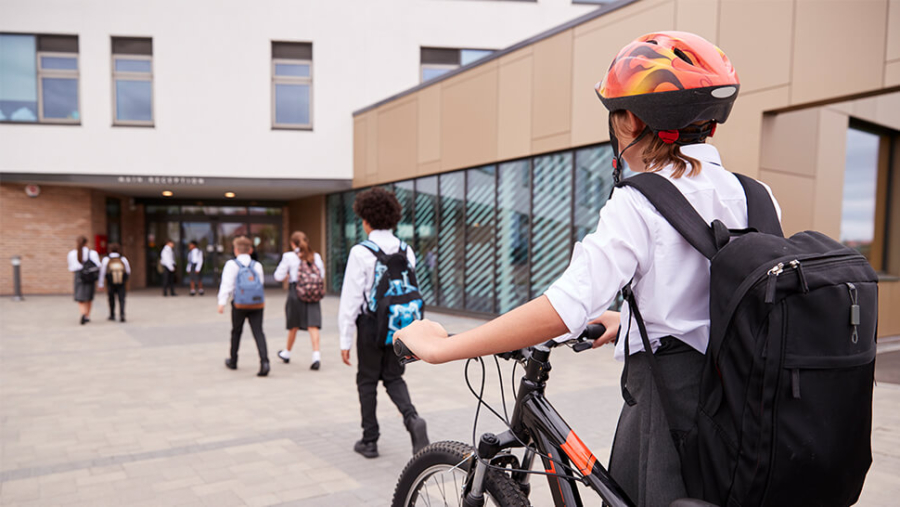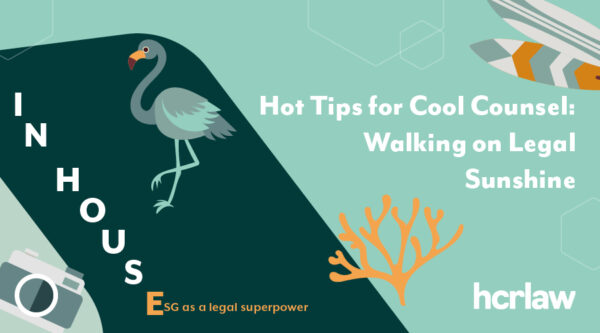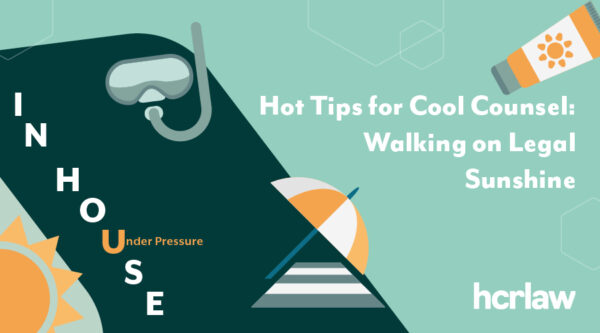

The government has now published Keeping Children Safe in Education 2020 (KCSIE). The guidance will come into effect on 1 September and can be accessed here. In the meantime, schools and colleges should continue to have regard to KCSIE 2019.
In March, we published a guidance note setting out the proposed changes to KCSIE following the release of the draft guidance and the launch of the DfE’s consultation on KCSIE. Unfortunately, due to the coronavirus pandemic, the consultation was closed early. As a result, some of the more substantial anticipated changes have not been incorporated into KCSIE 2020. Instead, the majority of the changes to the guidance are to provide clarity. We have summarised the more substantial changes below:
Part 1
- Reminder that where schools and colleges may be operating differently as a result of Covid-19 they should adapt their procedures accordingly, in accordance with the non-statutory interim safeguarding guidance first published on 27 March 2020.
- In March, we reported that the DfE was proposing to introduce a shortened version of Part 1 to be made available to staff that do not work directly with children (the consultation used the examples of cleaners or catering staff in this context). However, it appears that the decision has been made not to introduce this from 1 September 2020. As such, all staff will still be required to read the full Part 1, as has previously been the case.
- Text added to update the definition of ‘safeguarding’ to make it clear that both mental and physical health are relevant to safeguarding and the welfare of children.
- Text added to clarify that safeguarding incidents and behaviours can be associated with external factors, and to remind all staff (but particularly the DSL) that they should consider whether a child is at risk of extra-familial abuse or exploitation.
- Additional guidance at part 1 and Annex A on county lines, criminal exploitation and serious violence to assist schools in identifying children at risk.
- A new paragraph on mental health to help staff make the link between mental health concerns and safeguarding issues, including references to the Public Health England mental health and wellbeing resources, and the guidance “Mental Health and Behaviour in Schools”.
- Peer on peer abuse paragraph updated to cover intimate personal relationships between peers as well as a reference to hazing-type violence and rituals, and clarification that sexual harassment can include sexual comments, remarks and/or jokes and may take place online or in person, and may be standalone or as part of wider abuse.
Part 2
- New paragraph to reflect that schools now have flexibility as to how to discharge their duty to deliver Relationships Education and Relationships and Sex Education for the first year of compulsory teaching. This change in approach reflects that schools may be unprepared to deliver teaching by September 2020 given the additional and unanticipated burden on schools of the coronavirus pandemic.
- Greater clarity on the emphasis on staff raising safeguarding concerns or allegations about a member of staff (including supply staff and volunteers). Reminder that allegations or concerns that meet the harm test should be addressed under Part 4 of KCSIE.
- New section regarding safeguarding for children who are at greater risk of harm, which includes children who need a social worker, and children who require mental health support. The section emphasises working together with external agencies, where necessary, to provide support for these children, and acknowledges that training for senior mental health leads will be funded for all state-funded schools and colleges by 2025.
- Updated guidance regarding the relationship between data protection and safeguarding, including reference to the new data protection tool to make the link between behaviour and a safe educational environment.
Part 3
- There are no changes to the statutory requirements but anyone involved in recruitment would be minded to read Part 3.
Part 4
- The title to part 4 has been changed to emphasise that “other staff” includes supply teachers and volunteers.
- There are no changes to the statutory requirements placed on schools and colleges.
- Additional wording requiring schools to consider transferable risk from incidents outside of school where staff behaved or may have behaved in a way that indicates that the person may not be suitable to work with children (for example, domestic violence).
- Guidance on managing allegations against supply teachers, and on handling ‘low level’ concerns that do not meet the harm threshold. This includes providing clarity that it is still the responsibility of the school or college to ensure allegations are dealt with appropriately, in conjunction with the agency where applicable, even if they are not the employer of the individual (i.e. in the case of supply teachers and volunteers).
Part 5
- There are no changes to the statutory requirements placed on schools and colleges.
- In March we reported that, following the publication of the latest “Sexual violence and sexual harassment between children in schools and colleges” guidance in May 2018, the DfE were proposing an update to Part 5 to make clearer what governing bodies and proprietors should be doing to ensure allegations of child sexual violence and harassment are managed appropriately. This has not been implemented for 1 September 2020. We anticipate this will be revisited at a later date.
Annex A – Further Information
- More in depth guidance regarding child criminal exploitation, including county lines, to assist staff in recognising warning signs associated with these concerns. Also includes a reminder that safeguarding referrals should be considered.
- Update to domestic abuse paragraph to reflect that children may witness, and be adversely affected by, domestic abuse between family members. Additional text has been added to refer to the National Domestic Abuse Helpline and to Operation Encompass, a police initiative where police work with schools to provide emotional and practical support to children affected by domestic abuse.
- Additional information regarding radicalisation and the Prevent duty, including the inclusion of terrorism as a by-product of radicalisation. A reminder has also been included to remind the DSL that they must be aware of local procedures for making Prevent referrals. Additional support intended to complement Prevent, including updated advice for schools, has also been published and referenced in Annex A of KCSIE 2020.
- Updated wording to reflect that honour-based abuse may include non-violent forms of abuse.
- Clarity that peer on peer abuse and domestic abuse can occur within an intimate partner relationship.
- Update to the definition of upskirting, taken from the Voyeurism (Offences) Act, which came into force on 12 April 2019. The updated paragraph now emphasises that a person of any gender can be a victim of upskirting.
Annex B – Designated Safeguarding Lead
- Additional wording to clarify that as part of the DSL’s responsibility to raise awareness for safeguarding extends to sharing information with teachers and school leaders about the welfare, safeguarding and child protection issues that children in their school have experienced with a view to better understanding how to best support these children in school.
Annex C – Online Safety
- Annex C has been reformatted to improve accessibility and now includes considerable additional resources and advice regarding online learning, including a link to the Government guidance for home learning amidst the coronavirus pandemic.
We will update the template Safeguarding Policy, the accompanying checklist and the guidance notes which we produce for the ISBA to reflect these changes later in the summer to ensure that they are up to date, as we anticipate there may be further tweaks to the guidance between now and September. A track change version will also be available if you wish to update your own school or college Safeguarding Policy at this time.










